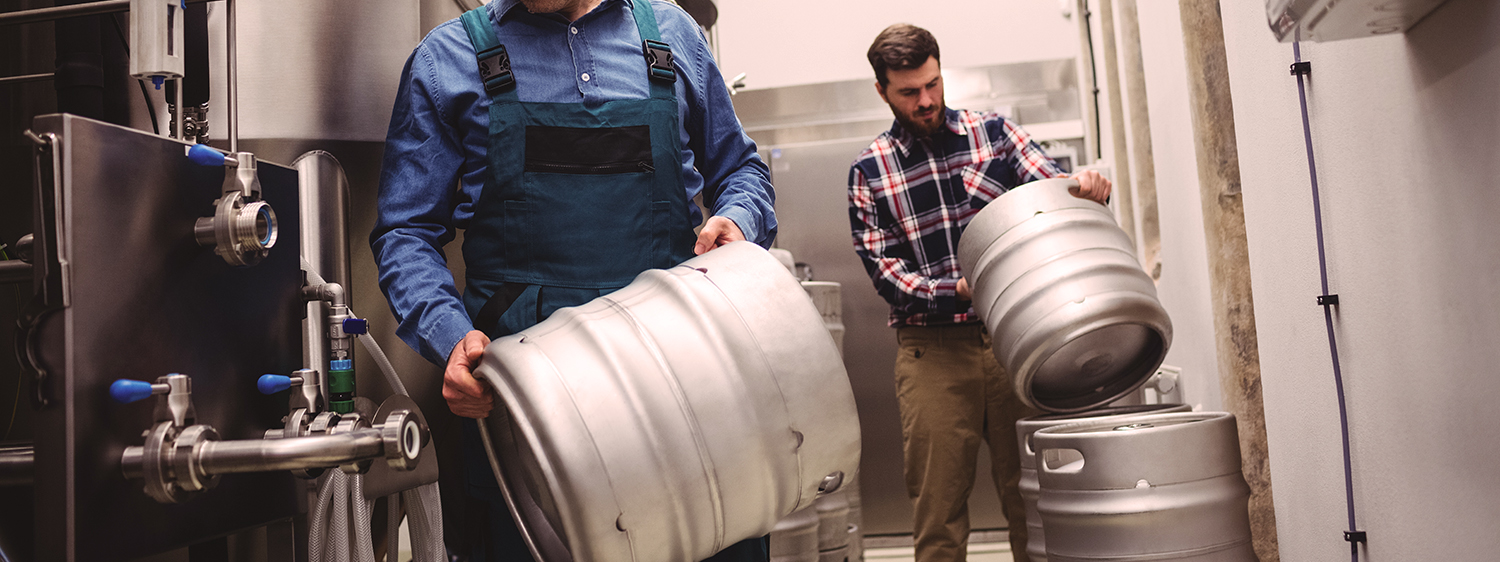Article
Could Your Food, Beverage, and Agriculture Business Qualify for the R&D Tax Credit?
January 11, 2022

The research and development (R&D) tax credit has been around for decades. Even so, it remains somewhat of enigma within the food, beverage, and agriculture industries. Although the R&D credit is for any U.S.-based business that develops, designs, or improves products, processes, formulas, or software—something food, beverage, and agriculture businesses do each day—many have yet to apply for it. Most business owners assume it is only for research labs or large corporations. But this is far from the truth.
If your food, beverage, or agriculture business hasn’t taken advantage of this dollar-for-dollar tax credit, it may be time to take another look. Here’s what you should know about it.
Your daily activities could be qualifying activities.
As we mentioned, several of the activities your business engages in each day could count as “qualifying research activities,” or QRAs, for the R&D credit. A few that might count:
- Experimenting with a new food product, such as testing to increase a product’s nutritional value or taste. The experimentation must include a physical, chemical, or scientific component; it can’t simply be done for a cosmetic change.
- An internal process improvement to reduce waste or costs. Examples include mixing or blending formulas or moving products more efficiently through your warehouse. Any process improvement must involve the element of the unknown. In other words, you must prove that you used trial and error to arrive at your solution. You can do this by properly documenting what you tested and changed through notes or even recordings of meetings.
- Efforts to “go green.” If you’ve changed the packaging or transportation of a product to reduce your environmental impact or waste, the efforts involved may count as QRAs. This could include transitioning to biodegradable packaging, changing the formula or a packaging, and even experimenting with different types of packaging. Your efforts to limit or dispose of byproduct waste could count, too.
- Unsuccessful R&D. Even if your new product doesn’t make it to market or an experiment fails, the QRAs involved could still count toward the R&D credit.
To qualify as a QRA, an activity must pass each part of a four-part test per the Internal Revenue Code and be performed within the U.S.
Documentation matters.
The amount of your R&D credit is calculated using costs associated with labor, supplies, and materials. This means that you must keep careful record of the wages paid to whomever was involved in qualifying activities as well as invoices from vendors. Keeping track of what you spent on supplies and materials is usually straightforward. Documenting labor, however, can be complicated, especially if you don’t have time tracking software.
Regardless, it’s wise to consistently document your activities throughout the year, as trying to retroactively produce the necessary documentation can be difficult.
The more R&D you do each year, the better.
The R&D credit is designed to reward employers who focus on R&D—on improving their products or processes. Once you qualify for it, you must increase the amount of R&D you perform each year to maintain it.
Make the most of a valuable tax credit.
The R&D credit offers a way to significantly reduce your food, beverage, or agriculture business’ tax liability—it’s not something you want to miss. That said, determining which activities count as QRAs and preparing the necessary documentation can be complicated. This is where the AEM team can help. To see if the R&D credit would benefit your business, we offer a complimentary initial R&D credit assessment.
If you’re ready to explore a potentially valuable opportunity for your business, contact us today.
